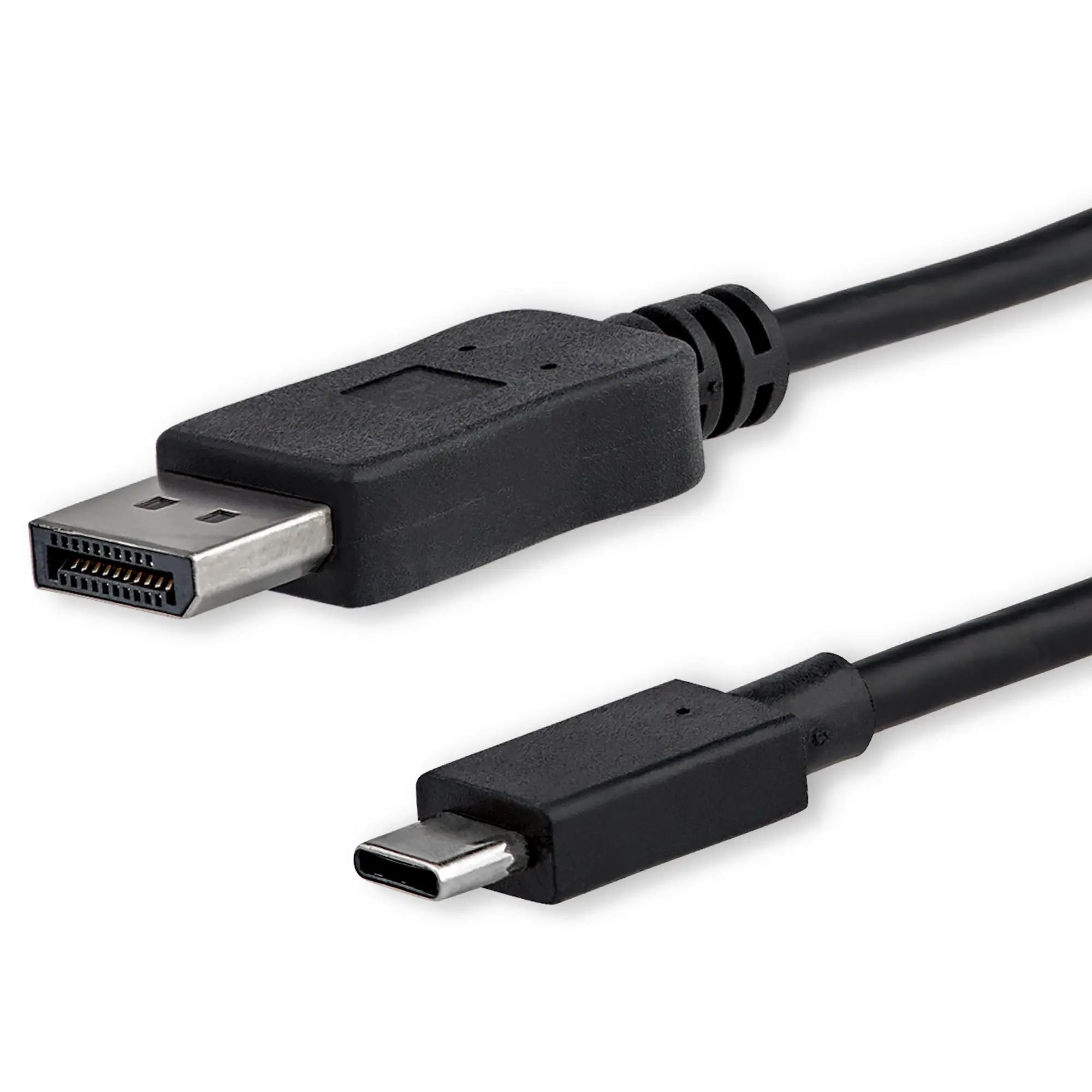How does a USB-C to DisplayPort to FireWire adapter work?


USB-C to DisplayPort to FireWire adapters are versatile devices that allow users to connect their USB-C devices to displays and FireWire devices. These adapters are particularly useful for individuals who need to connect their modern USB-C devices to older FireWire devices or displays that use DisplayPort technology. In this article, we will explore how a USB-C to DisplayPort to FireWire adapter works, providing a thorough understanding of its functionality and benefits.
Understanding USB-C
USB-C, also known as USB Type-C, is a relatively new standard for connecting and transferring data between devices. It is a small, reversible connector that can be found on many modern devices such as laptops, smartphones, and tablets. USB-C offers several advantages over its predecessors, including faster data transfer speeds, increased power delivery capabilities, and the ability to transmit audio and video signals.
DisplayPort Technology
DisplayPort is a digital display interface that allows for the transmission of audio and video signals from a source device to a display device. It is commonly used in computer monitors, televisions, and projectors. DisplayPort offers high-quality video and audio transmission, supporting resolutions up to 8K and refresh rates up to 240Hz.
The Role of the Adapter
A USB-C to DisplayPort to FireWire adapter acts as a bridge between a USB-C device and a FireWire device or a display that uses DisplayPort technology. It converts the USB-C signal into either a DisplayPort signal or a FireWire signal, depending on the specific adapter.
How the Adapter Works
The USB-C to DisplayPort to FireWire adapter works by utilizing a combination of hardware and software components to convert the signals between different interfaces. Here is a step-by-step breakdown of how the adapter functions:
1. USB-C to DisplayPort Conversion: When a USB-C device is connected to the adapter, the adapter first converts the USB-C signal into a DisplayPort signal. This conversion is achieved through the use of a built-in DisplayPort controller chip. The chip receives the USB-C signal and converts it into a format that can be understood by the DisplayPort interface.
2. DisplayPort to FireWire Conversion: If the adapter is being used to connect a USB-C device to a FireWire device, the DisplayPort signal is then converted into a FireWire signal. This conversion is accomplished by another internal chip, known as a FireWire controller chip. The FireWire controller chip takes the DisplayPort signal and transforms it into a format that can be recognized by the FireWire interface.
3. Signal Transmission: Once the USB-C signal has been converted into either a DisplayPort signal or a FireWire signal, the adapter transmits the converted signal to the connected device. For example, if the adapter is connected to a display that uses DisplayPort technology, the DisplayPort signal is sent to the display, allowing the user to view their device’s screen on the external monitor.
4. Power Delivery: In addition to signal conversion, many USB-C to DisplayPort to FireWire adapters also support power delivery. This means that the adapter can provide power to the connected USB-C device while it is being used. This feature is particularly useful for laptops and other devices that may require additional power when connected to external displays or FireWire devices.
Benefits of Using a USB-C to DisplayPort to FireWire Adapter
Using a USB-C to DisplayPort to FireWire adapter offers several benefits, including:
1. Compatibility: These adapters allow users to connect their USB-C devices to displays and FireWire devices that use different interfaces. This expands the range of devices that can be used with a USB-C device, providing greater flexibility and compatibility.
2. Versatility: With a single adapter, users can connect their USB-C devices to both displays and FireWire devices. This eliminates the need for multiple adapters or cables, simplifying the setup and reducing clutter.
3. High-Quality Audio and Video: By utilizing DisplayPort technology, these adapters ensure high-quality audio and video transmission. Users can enjoy crisp, clear visuals and immersive sound when connecting their USB-C devices to external displays or FireWire devices.
4. Power Delivery: Many USB-C to DisplayPort to FireWire adapters support power delivery, allowing users to charge their USB-C devices while using them. This is especially beneficial for laptops and other devices that may have limited battery life.
In conclusion, USB-C to DisplayPort to FireWire adapters are essential tools for connecting USB-C devices to displays and FireWire devices. These adapters convert the USB-C signal into either a DisplayPort signal or a FireWire signal, enabling seamless connectivity between different interfaces. With their compatibility, versatility, and support for high-quality audio and video transmission, these adapters offer a convenient solution for users who need to connect their USB-C devices to older FireWire devices or displays that use DisplayPort technology.
Recent Posts
How do I create an engaging and informative online quiz or assessment?
Creating an engaging and informative online quiz or assessment can be a powerful tool for… Read More
What are the most effective methods for managing and reducing work-related stress in the hospitality industry?
Work-related stress is a common issue in the hospitality industry, where employees often face long… Read More
How can I improve my assertiveness and communication skills in a leadership position?
In a leadership position, assertiveness and effective communication skills are crucial for success. Being able… Read More
What are the key elements of a successful employee recognition and rewards program?
Employee recognition and rewards programs play a crucial role in motivating and engaging employees, as… Read More
How do I effectively manage and respond to customer feedback and reviews?
Customer feedback and online reviews play a crucial role in shaping a company's reputation and… Read More
What are the best strategies for effective time management as a stay-at-home parent?
Effective time management is crucial for stay-at-home parents who juggle multiple responsibilities on a daily… Read More